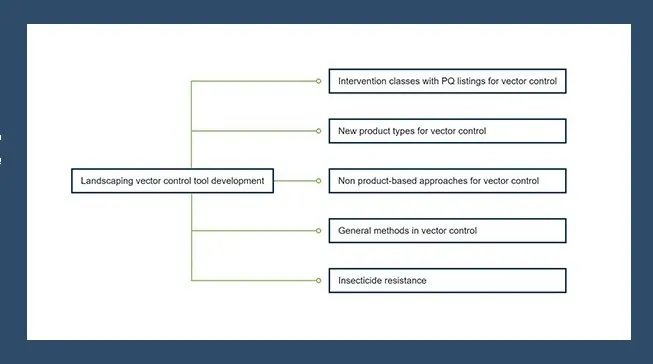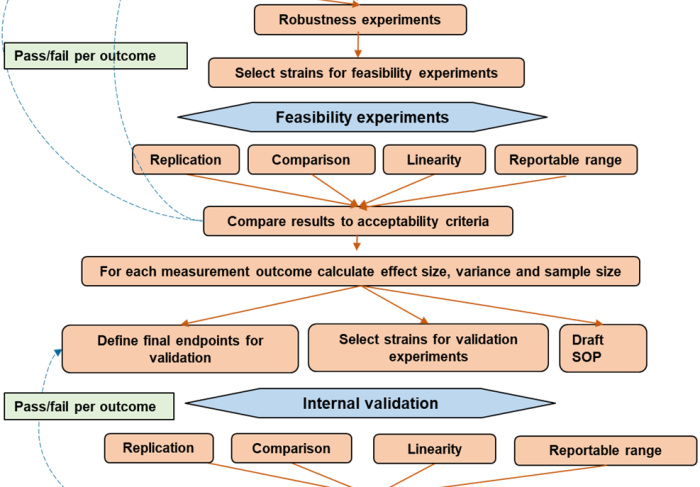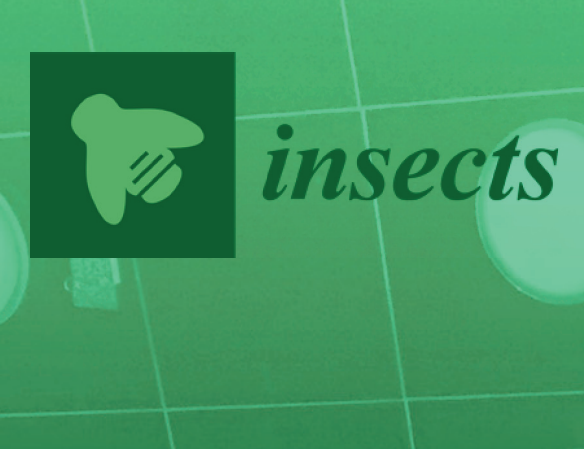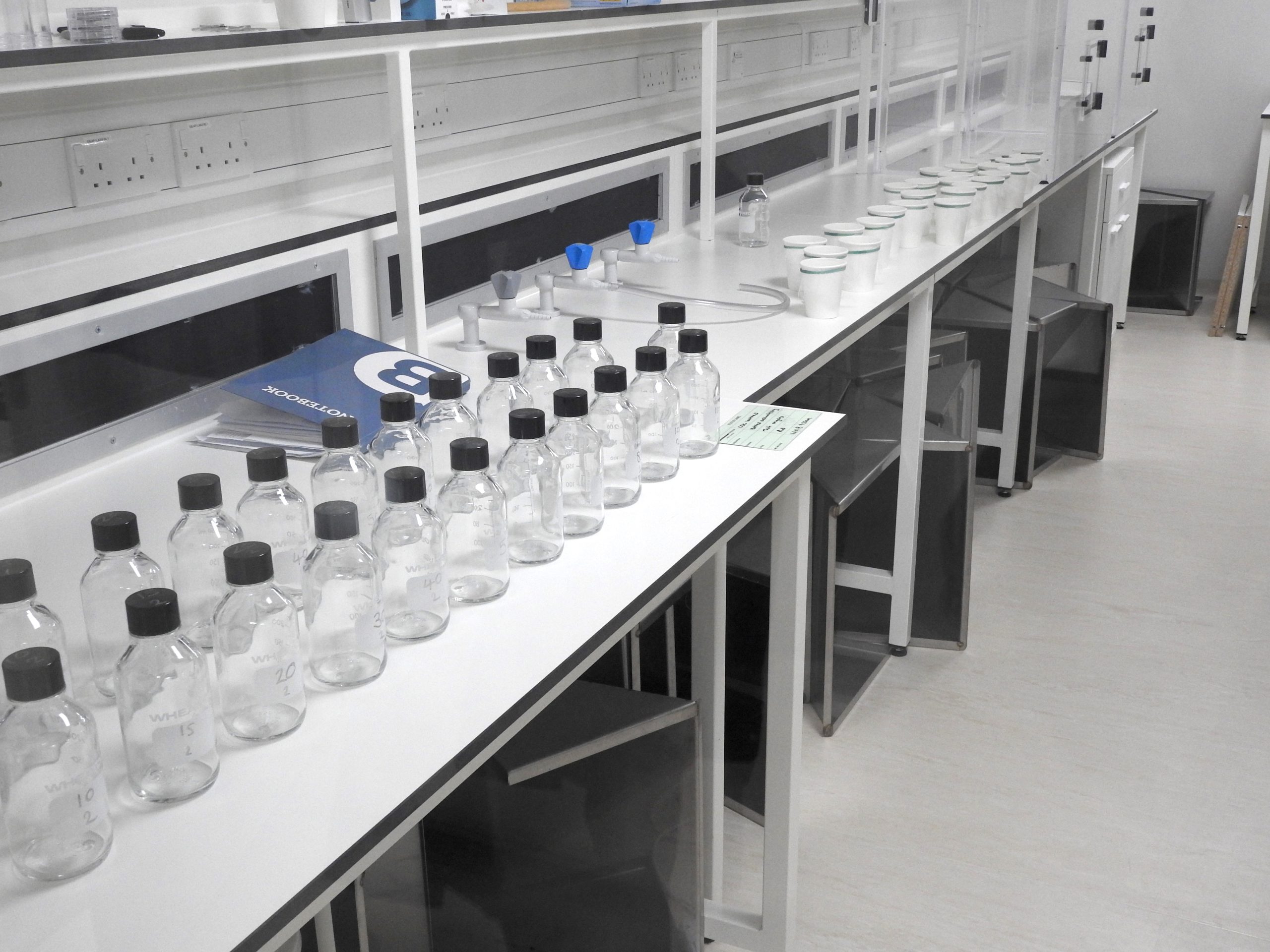All
Latest News
News Articles
Publications
New manual published by the WHO on monitoring and managing insecticide resistance

New guidance has recently been published by the WHO relating to best practices for monitoring and managing insecticide resistance, in the form of the ‘Manual for monitoring insecticide resistance in mosquito vectors and selecting appropriate interventions’, a joint GMP-NTD publication, and standard test procedures. These documents replace the ‘WHO Test procedures for insecticide resistance monitoring in malaria vector mosquitoes, second edition’ and the instructions regarding resistance monitoring provided in ‘Monitoring and managing insecticide resistance in Aedes mosquito populations: interim guidance for entomologists’.
The update to guidance was motivated by a need to establish procedures and discriminating concentrations (DCs) for insecticides recently recommended for disease vector control or for which large-scale evaluation is ongoing, a desire to integrate guidance for different disease vectors in one document to facilitate integrated vector control, and requests from users of the previous guidance for more detailed advice on planning and prioritising resistance monitoring to guide malaria control strategies. The production of the document was led by Lucia Fernandez Montoya, World Health Organization (WHO) Global Malaria Programme; and Rajpal S Yadav, WHO Department of Control of Neglected Tropical Diseases and WHO colleagues, with review from external experts from 12 institutions including the Liverpool School of Tropical Medicine (LSTM).
New DCs were established by a WHO-coordinated multi-centre study in 2017-2021 which involved 23 laboratories throughout the world, including LSTM, to establish and validate discriminating concentrations (DCs) of insecticides in order to monitor the resistance to insecticides of the main Anopheles and Aedes spp. mosquito vectors of human diseases. A total of 18 insecticides in eight classes and one synergist, piperonyl butoxide (PBO), were tested in susceptible strains of the five main Anopheles spp., Anopheles gambiae s.s, An. funestus, An. minimus, An. stephensi and An. albimanus; and two Aedes spp., Aedes aegypti and Ae. albopictus. The study also established a new testing methodology for insecticides which are not stable when applied to filter papers, the WHO bottle bioassay. This work was supported by Innovation to Impact, and a report is available here: https://www.who.int/publications/i/item/9789240045200.
The Manual for monitoring insecticide resistance in mosquito vectors and selecting appropriate interventions (available at: https://apps.who.int/iris/handle/10665/356964) is supported by new standard operating procedures (available at: https://www.who.int/teams/global-malaria-programme/prevention/vector-control/insecticide-resistance), for testing adult mosquito susceptibility in a WHO bottle or WHO tube bioassay, and for evaluating the sterilizing properties of pyriproxyfen and the ability of PBO to restore susceptibility.




